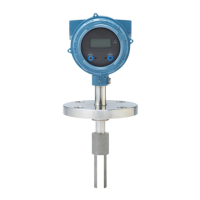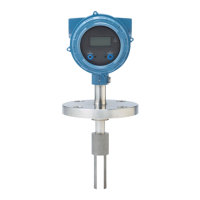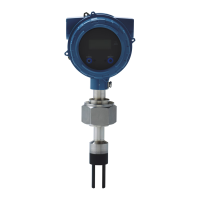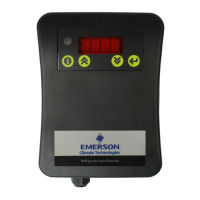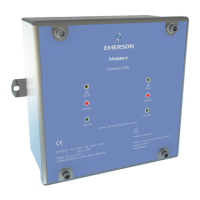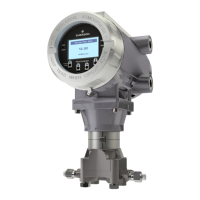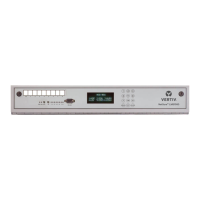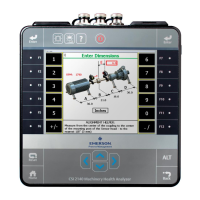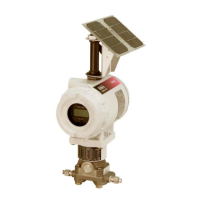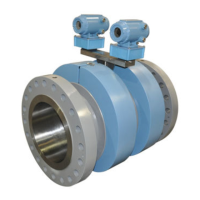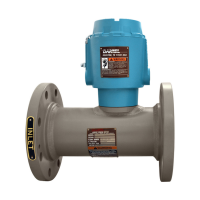2.2 Terms and definitions
Terms used in meter setup and measurementTable 2-1:
Term Definition or usage
Gas
Calibration gas One of the two or three gases used during calibration. Calibration gases are se-
lected to match the main constituents of the process gas.
Reference gas The gas in the reference chamber. Typically, the process gas is used as the ref-
erence gas.
Sample gas The gas stream to be measured by the meter.
Pressure
Control pressure The pressure of the reference gas in the reference chamber.
Line pressure The pressure in the main pipeline, independent of the meter.
Sample pressure The pressure of the sample gas after it passes through the pressure regulator.
Supply pressure The pressure of the sample gas before it passes through the pressure regulator.
Vent pressure The pressure required to force gas through the vent.
Measurement
Base density (standard density, nor-
mal density)
The absolute density of a gas at reference conditions (base temperature and
base pressure). Can be used to calculate standard volume flow from mass flow.
Measured in user-specified units.
Calorific value The amount of heat released during the combustion of a specified amount of a
gas. Measured in units of energy per units of the gas. Energy = calorific value.
Compressibility factor “z” The correction factor for interactive molecular behavior of non-ideal gas mix-
tures.
Concentration (gas purity) In a gas mixture, the quantity of the primary gas in comparison to the quantity
of the secondary gas (contaminant). Measured in user-specified units.
Energy flow The energy content of the process gas flowing through the pipe per unit of
time. Measured in units of energy per units of time.
Molecular weight The ratio of the mass of a gas to its volume. Typically measured in g/mol.
Net mass flow rate The flow rate as measured in mass flow units and multiplied by the current con-
centration value.
Net volume flow rate The flow rate as measured in volume flow units, corrected to base temperature
and base pressure, and multiplied by the current concentration value.
Relative density The ratio of the weight of a volume of gas (or gas mixture) to the weight of an
equal volume of dry air, where the weights of both the gas and air are taken
under identical conditions of temperature and pressure. Unitless.
Specific gravity The ratio of the molecular weight of a gas (or gas mixture) to the molecular
weight of dry air. The molecular weight of dry air is normally assumed to be
28.96469. Unitless.
Orientation and planning
Configuration and Use Manual 7
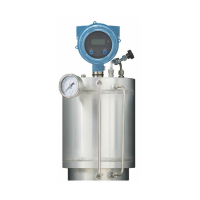
